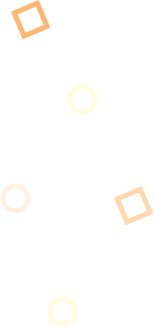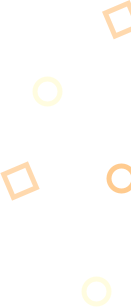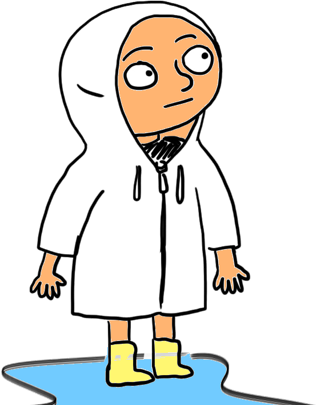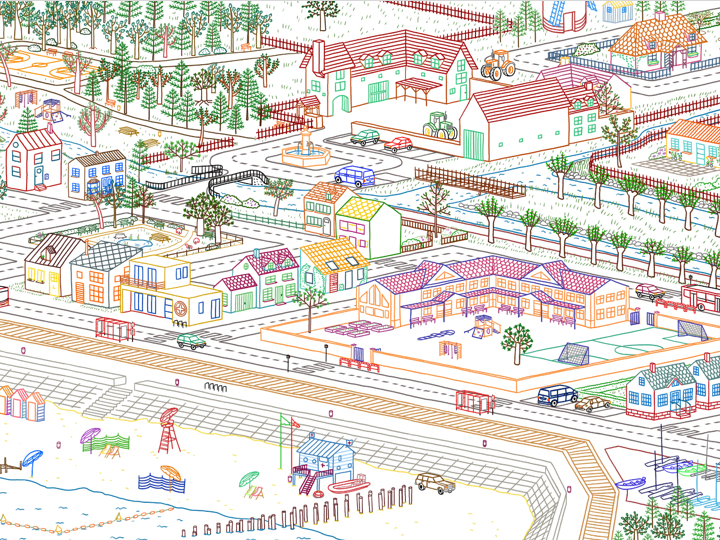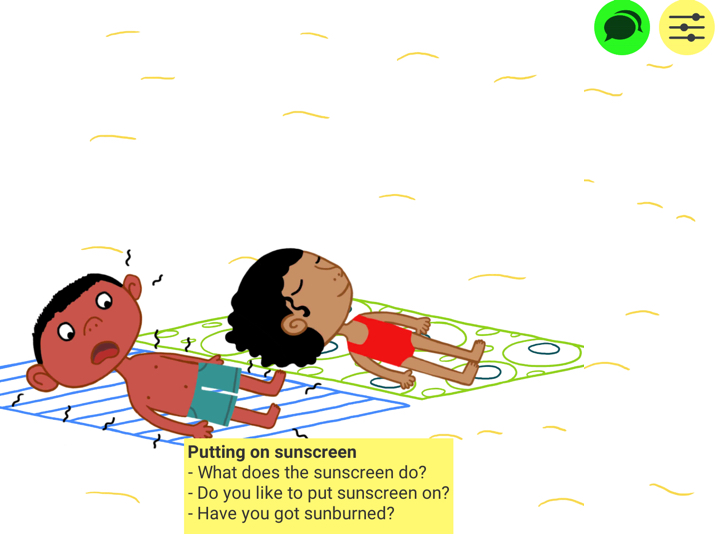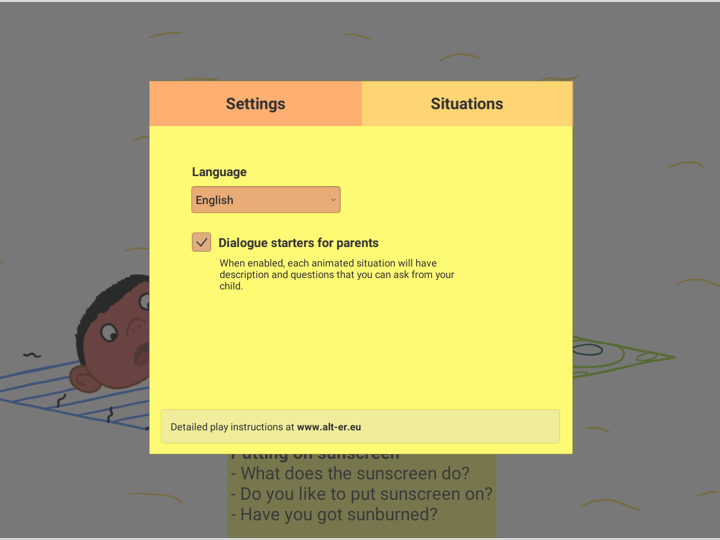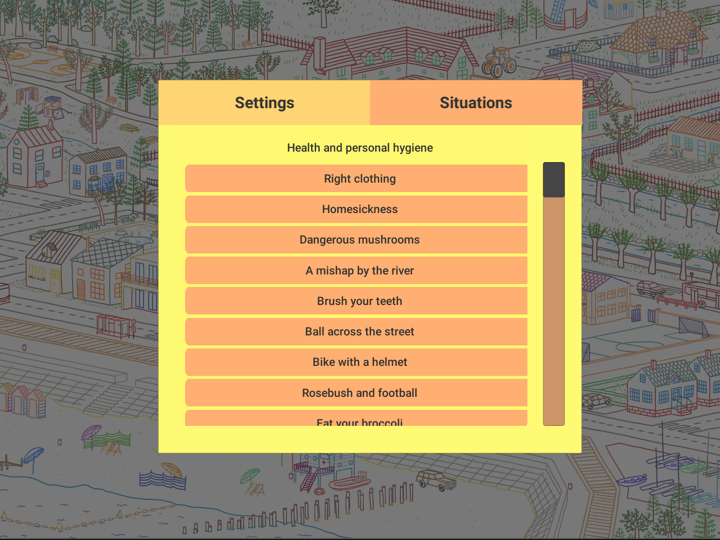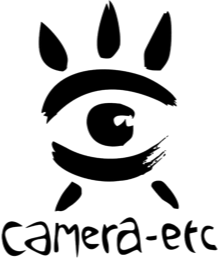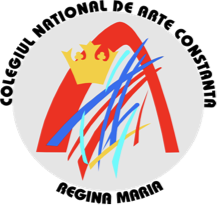Overview
The progect’s aim is to foster resilient learning environments, lessen early school leaving, and give European children (ages 4 -6) a good start in their education while providing and advancing technical skills in working with technology that will serve them well in life. For this purpose, the partnership has developed age appropriate ICT animation tools and games - as well as pedagogical framework specific to the transition phase from kindergarten to school.
Project Intended Outcomes
- Creation of a digital Toolbox platform, consisting of existing and/or necessary and internally developed tools and animation activities and for GBL and ECEC contexts. ALT-ER is primarily aimed at teachers for use with students, but can potential have a much wider range of impact.
- Development of a pedagogical framework that embraces creative and innovative learning activities and children’s needs while addressing skepticism, reluctance, and low uptake concerning ICT activities in general and as related to ECEC specifically
- Analysis reports on experiences from the pilot testing and workshop events which highlight the methodology and thinking behind the project further justifying both the framework and activities while generating new knowledge in a highly relevant of European policy
- Publications and interactive platforms for transmission of the knowledge created during ALT-ER project
These combined outputs are thought to be the basis for real change in understanding, appreciation, and practice as regard to benefits and potential of using ICT in ECEC contexts and will create an atmosphere that is hoped will, moving forward, effect EU concerns about early school leavers, enhance performance in education systems, and allow for development of digital competences that will facilitate and improve eventual entry to the labor market.
Project Progress from project manager's perspective
To this point, the project group has investigated the standards and practices in each of the partner countries and are compiling the knowledge into a graphic that will serve to contextualise the accepted processes in each country in order to draw parallels and inform external audiences of the expectations, standards, and practices that exist across the EU.
This has and will continue to provide insight into the areas of development necessary in each partner country, and allow for a scatter plot based on age range and assumed effectiveness of learning activities and goals for the project. This knowledge has and continues to form the basis for the framework we are developing, which will contextualise and justify digital tools for learning as well as prescribing a process for educators to interact with the toolbox that we are curating and creating original elements for.
We have enacted several workshops to this point both in the discovery phase and in further development of a concept that is effective for the deployment of the learning goals we are building based on the preliminary research. Initial concept designs were well received with younger audiences, but were rejected by those in the latter stages of the age band in question as being immature. This led to a reexamination of the issues coming to the forefront, and the best way in which to address them without ostracising any part of the diverse group of intended participants.
Teachers and students on the younger side of the age band very much enjoyed a preliminary concept we were developing that took a train as the main conceit, controlled by the user, and which stopped at activities along the way. As mentioned, this concept proved very popular among groups of younger oriented audiences, but was ultimately rejected by groups representing the older age range in question. Additional research determined that the concept was deemed to be age inappropriate by the older children on the grounds that similar concepts had been a part of their formative experience as toddlers, and were said to be “boring” and intended for younger audiences. Youth respondents referred to a LEGO app that functioned in a similar manner and claimed that was “a game for babies.” This conforms to research provided by multiple partners that young people are far more likely to identify with a concept thought to be slightly beyond their age than one that caters to younger audiences.
Additional testing commenced, and upon regrouping at the second partner meeting, experiences and research led a debate about the best strategy for moving forward. As a result, this train concept was replaced with a hide and seek construct that would be scalable to any age range. Group work has determined that the ease of inclusion of hints, and the manner in which each experience could be augmented and have benefit added by a teacher or parents’ involvement made this a perfect fit for the needs of the project, the target groups, and European students and teachers.
We have engaged with audiences outside the formal partner constellation, mainly represented by schools in each partner country that we have met and worked with to understand the processes they employ as well as their impressions of the activities and goals in development. This has been both a formal and informal process, and has generated both qualitative and quantitative results for consideration in the overall structure of the project and inclusion in the reporting packages. They have responded to questionnaires about the use of technology in their schools and home countries, have opined on the platform and layout of the toolbox design, and have helped crystalize issues that demand attention in the transition phase. Additionally, we have involved several technology and gaming related companies in contextualizing their understanding of the needs of games meant to teach. They have been important for helping the whole team imagine concepts and strategies.
The next phase is to enter final production of the animated assets, and build story worlds with loosely tied narrative guideposts that allow users to create their own story out of the world’s cast of characters and happenings. Students should be able to use the platform as a game based learning tool that is primarily interested in having them “fill in the gaps” and link disparate events through creative, self-reflective storytelling.
